If you’re new to lens filters, and unsure about the different types and their applications, this guide is for you.
Whether you’re new to photography, or you’ve been around cameras for a long time, one thing you have probably heard about is lens filters. These small accessories can help photographers get better images in tricky lighting conditions. They even help protect the front element of your expensive lenses too. In this introduction, we will take a quick look at why you might want to use filters, the different types of lens filters, and what they will be able to do for you.
Okay, basics first. What is a lens filter? As the name implies, a filter is a glass accessory that sits in front of your lens. Its sole purpose is to filter out specific types of light from hitting your camera’s sensor. Many different types of filters are available on the market. They range from those that block UV light, to filters that can cut out sodium light that comes from street lights. There are also ND filters that act like a pair of sunglasses for your lenses, and graduated filters that help balance high contrast lighting situations. There are even more specific types of filters too, and they can all do a job for you.
Table of Contents
Why Lens Filters Are Used
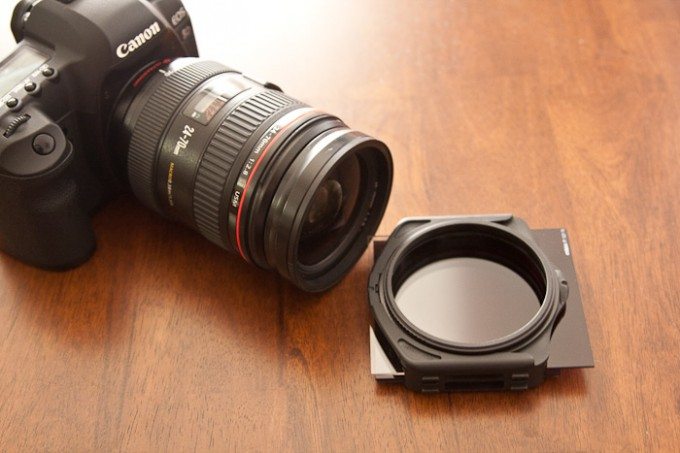
Photographers use lens filters for different reasons. The main reason is that regardless of how good modern camera are, there are still lighting situations which can make even the best sensors struggle. Perhaps the most common or well-known type of filter is the UV Filter. As you may have guessed, the job of a UV filter is to filter out UV light. Not all filters are named for the job that they do, so it does get a little trickier as you look at all of the options available. Don’t fret, that’s what this guide is for. So, what can filters do exactly?
They Can Help Make Colors Pop
Lens filters can really pump up color saturation in your images, or they can single out specific color wavelengths to give them a boost. A lot of photographers prefer to use filters on their lenses so that they can nail their images in camera rather than tinker with RAW files in post-processing. Filters can boost blue tones, make oranges and yellow much warmer, or make greens pop out of the scene. Filters aren’t just limited to these colors: you can get one to help enhance just about any color.
Lens Filters Can Cut Out Reflections
Certain filters on the market can cut down on reflections from shiny surfaces such as water, metal, and glass. Light can wreak havoc on polished surfaces, and honestly, it can make a simple shot of a metallic object like a car become way too involved. Have you ever tried to shoot through a window only to be defeated by the reflection? Filters cut down on that glare so that you can get the shot you want with less trouble.
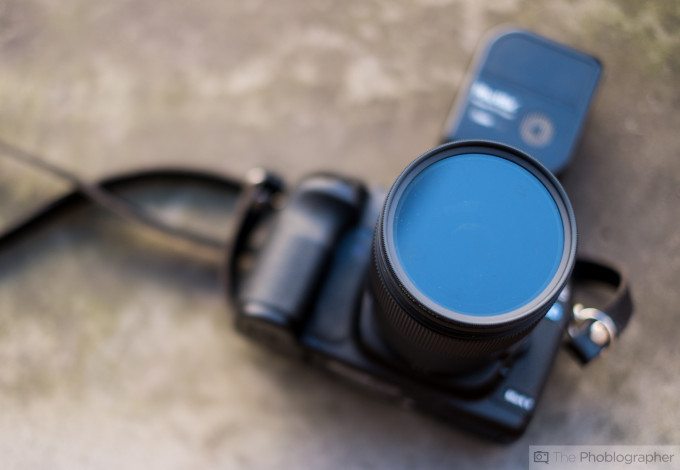
They Can Help Protect Your Expensive Lenses
Clear lens filters can be used on your lens to stop the front element from becoming scratched. Just remember that there is always a chance that inferior glass could affect your image. Your mileage may vary, so be careful. If you choose to use one for protection, do yourself a favor and buy a good quality one.
They Help You Get Correct Exposures
Perhaps the reason why filters are used the most is so that photographers can achieve correct exposures in very challenging lighting conditions. High contrast situations can lead to either having a completely blown out sky when you expose for your subject or an underexposed subject when you expose for the sky. Graduated filters are great at being able to balance situations like this.
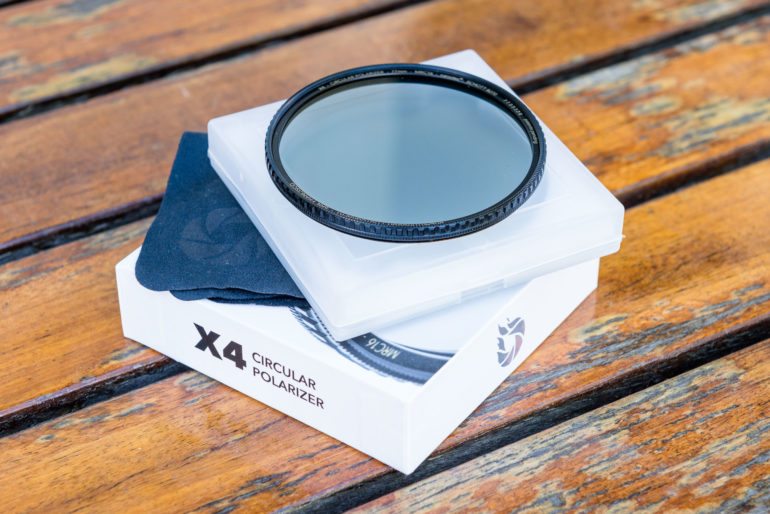
They’re Great for Special Effects
Have you ever seen amazing landscapes shots that included stunning waterfalls with white foamy water? Have you noticed that these shots were captured during bright sunlight hours? Capturing images like this without the use of filters that act like sunglasses on your lenses is impossible. You can also use the lens filters to capture motion in the clouds as they whiz by overhead during long exposures too. Filters can really help enhance your creativity.
How to Pick Out the Lens Filter That’s Right for You
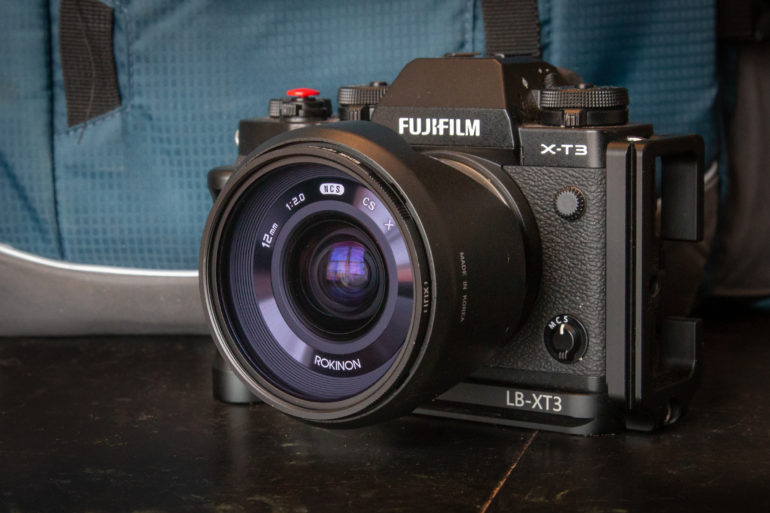
One would think that there is only one type of lens filter out there, but they would be wrong. There are actually a few types, but the most popular are circular filters and square filters. Circular filters are by far the easiest type to use: they simply screw into the threads on the front of your lens. Every lens has a specific filter thread size, so you have to know what size filter you need before you make a purchase.
The filter size you need will either be printed around the rim of the lens you are using, or written on the front face of the lens. Thread size is denoted by a circle with a straight line going through it from top to bottom. Whatever number is listed next to that symbol is the size of filter you need for that particular lens. Circular filters are easy: they can simply be screwed on and left there. Some circular filters rotate when placed on the lens so that you can vary the intensity of the effect from the filter. Once you’re done, you unscrew the filter and put it back in its case.
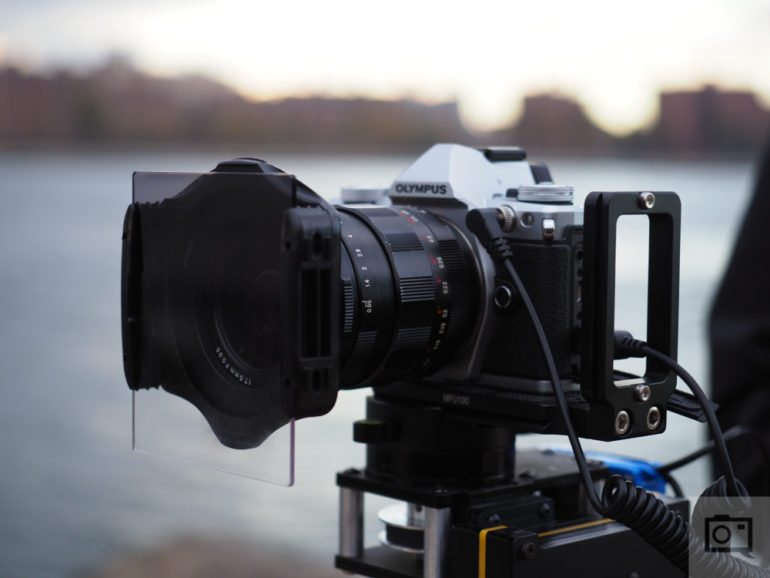
Some lenses (especially ultra-wide and fish-eye lenses) have a bulbous front element which means traditional circular polarizers will not work. If you have lenses like this, you will need to use square filters. Basically, these filters work by attaching a holder to the front of the lens, and then whatever filter you want to use will slide into the holder. They are simple to use, but a little more time-consuming.
We have recently been seeing filters that can be placed directly in front of the back element of the lens too. These are known as drop-in filters, and as the name suggests, they drop-in to a specialized compartment at the rear of the glass. There are rectangular filters too, which work in much the same way as the square filters mentioned above. Needless to say, your bases are covered no matter what type of lens filters you would like to use. Just keep in mind that you do not want to buy cheap lens filters. Adding any extra glass in front of your sensor can degrade your image quality if the filter is of poor quality. Spend a little extra and you won’t have to worry about that.
Different Types of Filters
UV Filters
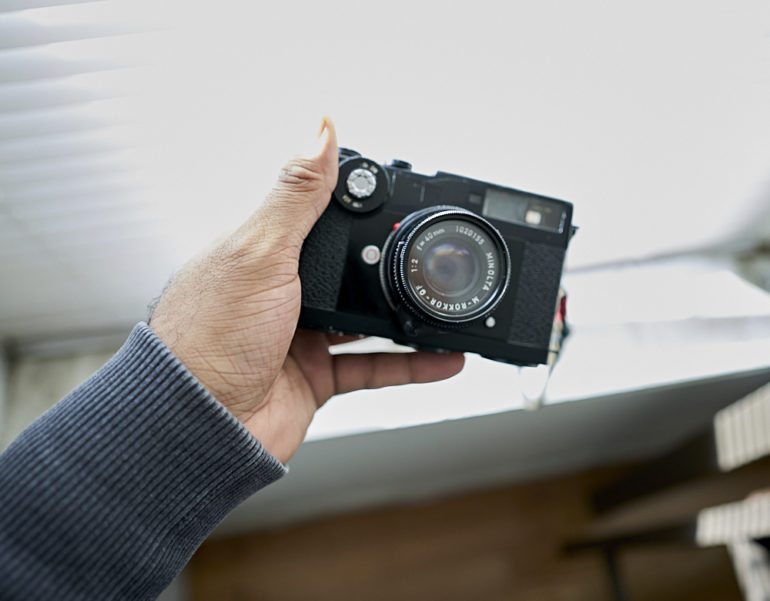
As mentioned above, UV filters are perhaps the best-known filter type because most camera stores will try to sell you one with any new lens. When rolls of film were still king, UV filters actually played a crucial role. Some films were so sensitive to UV light that without one of these filters, a blue cast could affect the film in the camera.
In the digital age this is no longer a problem, so what’s the point of them? They still play a role if you plan on taking photos high up a mountain, or by large bodies of water where UV rays are more prevalent. You’ll find that in these scenarios, your images may gain some clarity. Otherwise, these usually inexpensive filters are offered as a great way to protect the front element on your expensive new lens: it’s better to scratch the filter instead of the lens. Be careful, though. If you purchase a really cheap UV filter, you will likely end up degrading your image quality. If you buy one, make sure you buy a great quality one.
Polarizers
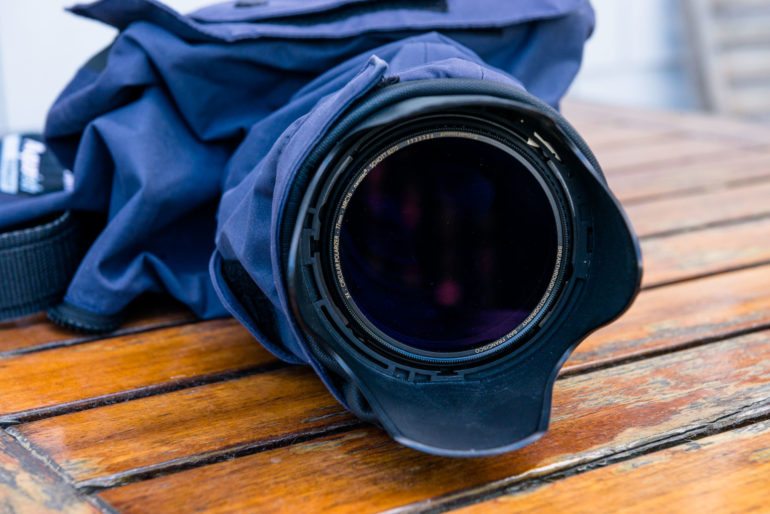
Polarizing filters are firm favorites with landscape photographers and those who shoot a lot near water or around metallic surfaces like cars. A polarizing filter will stop polarized light from hitting your sensor (or film). This will remove reflections and glare, while also making blues and greens in your scene much more saturated.
These circular filters are easy to use. You simply screw them on to the threads on your lens. When you rotate the filter, you will be able to see the effect it has on the images. We loved the Breakthrough X4 when we reviewed it, and for a good reason. Polarizers cut out quite a bit of light, but this one lets in about half a stop more compared to others on the market. They are also quite affordable.
ND Filters
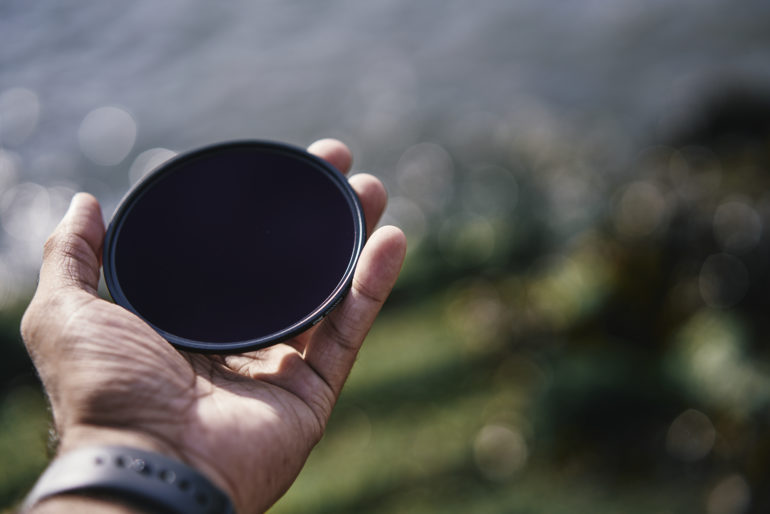
The best way to think of ND filters is to imagine that they are sunglasses for your lenses. ND filters are available with differing levels of strength that can range from stopping only a little bit of light to producing full-on blackouts. These types of lens filters are used mainly by landscape photographers who wish to create long exposures when the sun is out.
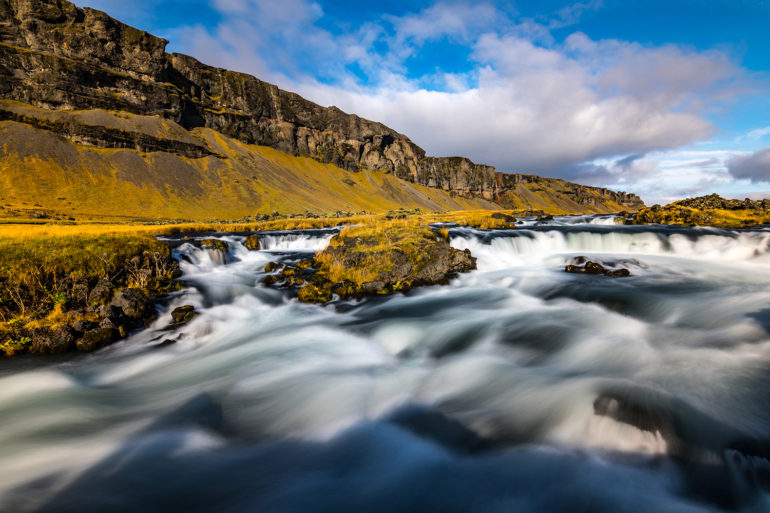
With one of these filters, you’ll be able to slow your shutter so that you can create gorgeous images of waterfalls with fluffy, white water. You’ll also be able to capture clouds streaking across the sky. Portrait photographers use them sometimes when they wish to create dynamic portraits of their subjects. As with all filters, be sure you get one that’s made with quality glass; otherwise, you may experience color shifts in your images. This one is stellar and affordable. Just make sure you get the right size for your lens.
Light Pollution Filters
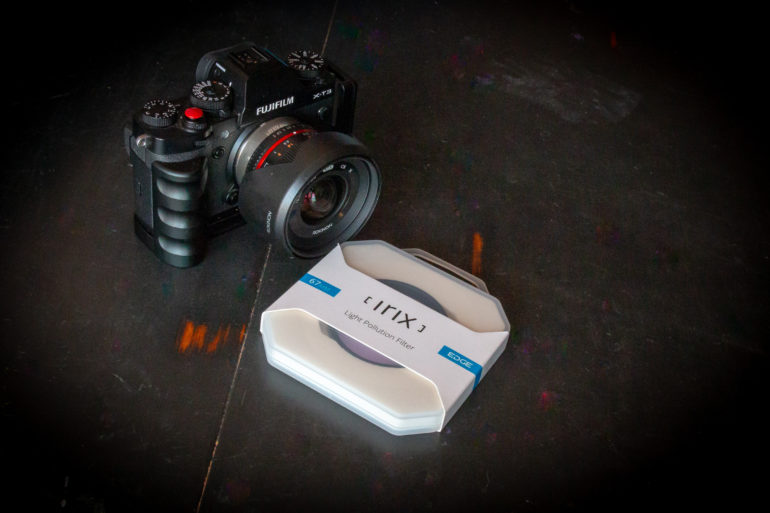
Light pollution filters are a little more specialized than others on this list. These lens filters are popular with photographers who practice astrophotography. They can cut out the damaging color cast seen in the night skies of cities around the world.

Sodium lamps in major metropolitan areas have made it virtually impossible to see the stars at night. With a light pollution filter in place, the wavelength of the sodium lamps is eliminated, and the yellow color cast will be removed from your images.

We absolutely loved how effective the IRIX Light Pollution filter was when we got to test it. We found that whether you’re shooting in the city, or are out in the country shooting the Milky Way, the lens filter had a favorable effect on our images. Check them out here.
Graduated Filters
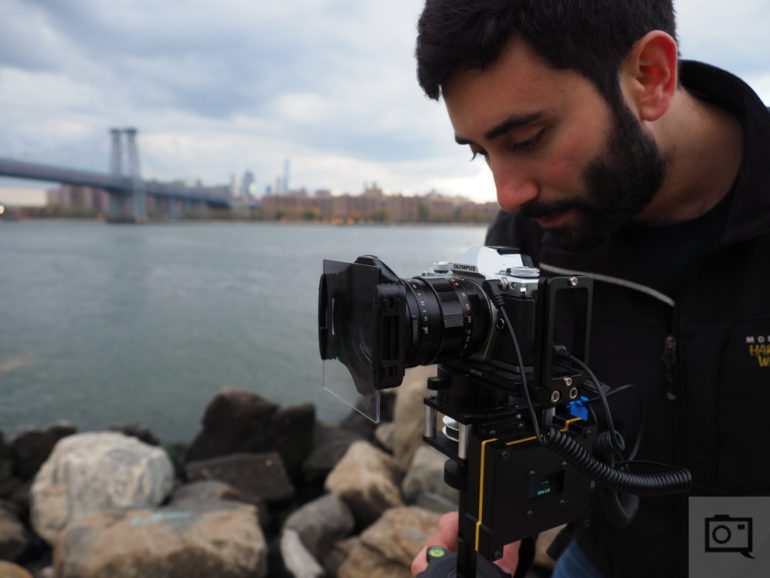
Graduated ND filters can be lifesavers when it comes to working with scenes where there is a considerable contrast situation. Have you ever wanted to take the perfect landscape shot but either had to expose for the sky and lost foreground details, or exposed for the foreground and blew out the sky? We all have, but that’s where graduated ND filters come in to play.
As you can see, the filter above is graduated from top to bottom. You can find these filters in both hard-edged, and soft-edged styles. Softer styles will give you a more natural gradient.
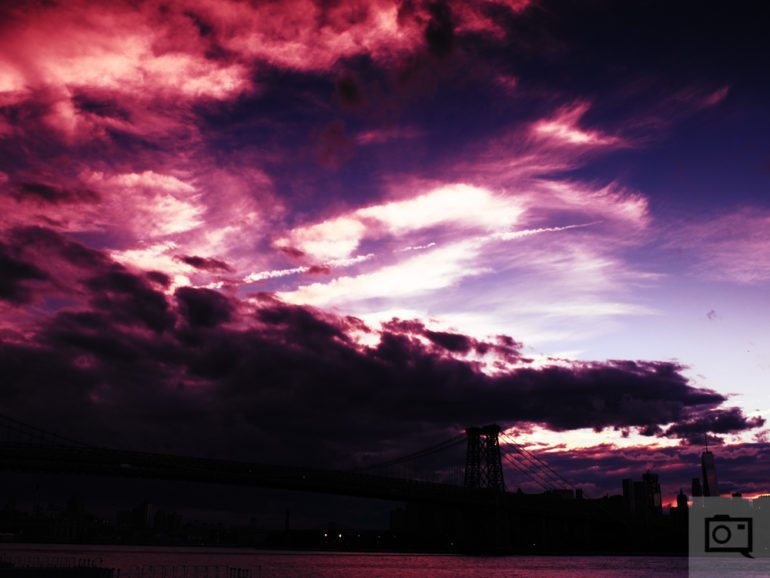
These filters will allow you to darken down bright skies in your images so that the exposure is balanced between the sky and the foreground. Sure, you can achieve this to some degree in post with Lightroom, Capture One, or Photoshop, but there is nothing like getting it right in camera. For landscape photographers, graduated filters are an absolute must-have. You can even get them in different colors for some pretty cool effects. The only limit is your imagination.
Warming and Color Correcting Lens Filters
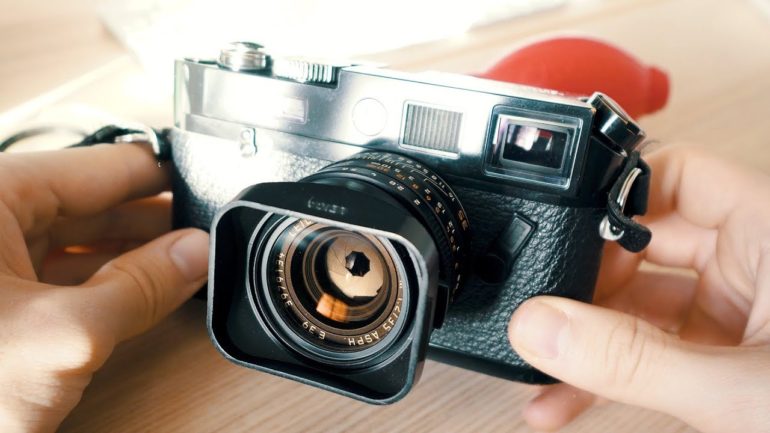
Color shift/correction and warming lens filters do precisely what they say on the bottle. Photographers use these filters to enhance the overall color punch in their images or even correct the colors before the pictures make their way to post-processing. Warming filters are capable of adding a gorgeous, soft sun-like glow to your photographs. The whole idea of these lens filters is to get your colors correct in camera. Having to play with colors in post is a pain, so if you can be one step ahead, then you’re on your way. There is a fantastic video that shows the effects of using a warming filter that you can check out here.
There are many other types of lens filters on the market that we have not covered in this introduction. We have, however, shared the most common types of lens filters that you will likely run into regularly. Do you use lens filters? Which ones are your favorites and why? Let us know in the comment section below.


